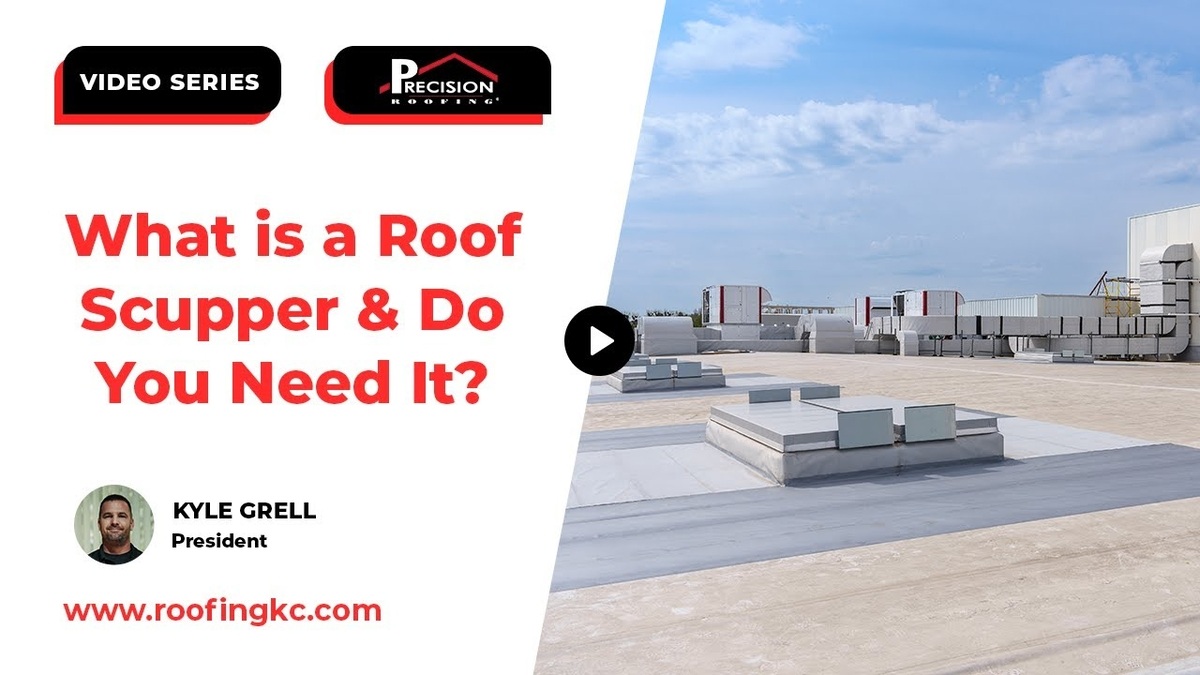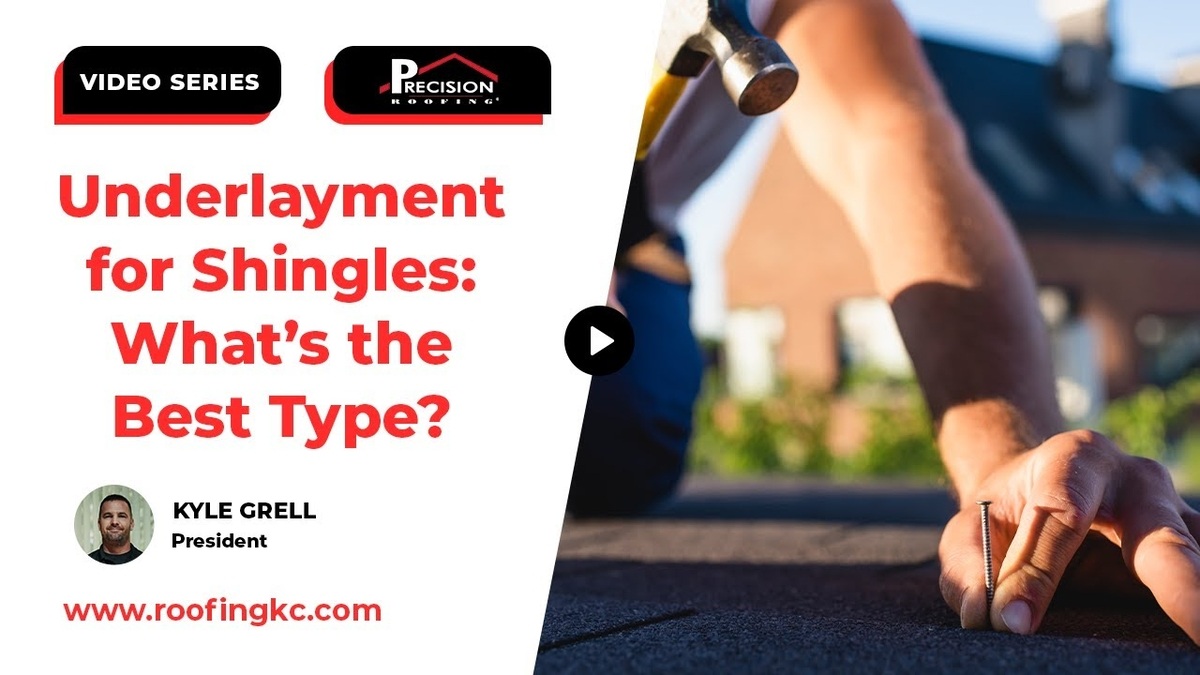A metal roof is a smart investment in your home’s durability, but its performance depends on more than just the panels. The underlayment for a metal roof adds an essential layer of protection against water, ice, and long-term wear. At Precision Roofing, we pay close attention to this step to ensure your roof holds up in all conditions.
In this post, we’ll explain what to look for when selecting the right underlayment and why it’s a critical part of a lasting roofing system.
What Is Underlayment and Why It Matters
Underlayment is the protective barrier between your roof deck and the metal panels. It adds a critical layer of defense against water intrusion, ice buildup, and moisture damage. Even the most durable metal roof panels need a dependable base beneath them to keep your home safe and dry over time.
Types of Underlayment for a Metal Roof
Ice and Water Shield for High-Risk Areas
For areas like roof eaves, valleys, and around penetrations such as chimneys and skylights, we always install ice and water shields. These areas are more prone to leaks due to snow buildup or water channeling. The ice and water barrier provides a watertight seal in these vulnerable spots and is especially important in colder climates.
Synthetic Underlayment for the Field
For the remaining roof area, we install a synthetic underlayment. It’s stronger and more breathable than traditional felt, which helps prevent trapped moisture and supports better roof ventilation. Synthetic options also resist tearing, even when exposed to wind and weather during installation.
Key Tip: We treat metal roofs with the same high-quality standards as shingle roofs, and that includes using top-tier synthetic underlayment to protect the entire deck.
How Climate Impacts Underlayment Selection
Cold Climates Need Extra Protection
Climate plays a big role in underlayment selection. In warmer areas, one row of ice and water shield along the eaves is usually enough. But in northern regions, like Minnesota or other areas with heavy snow and ice, we may recommend two rows, especially on roofs with a lower slope.
This added protection helps prevent ice dams and moisture intrusion under the metal panels. The colder and wetter the climate, the more important it is to increase your ice and water barrier coverage.
How Long Does Underlayment for a Metal Roof Last?
Designed for the Long Haul
Once it’s properly installed and covered with panels, underlayment for a metal roof should last the full lifespan of the roofing system. That’s typically 40 years or more when high-quality materials are used.
Be Cautious About Exposure Time
If you’re building a new home and the roof underlayment is exposed before the metal panels go on, you don’t want to leave it uncovered for more than six months. If it remains exposed for more than six months, we recommend removing the underlayment and installing a new one before completing the roof.
Common Mistakes to Avoid
- Using felt instead of synthetic underlayment can shorten the life of your roof.
- Skipping ice and water protection in valleys or eaves can lead to early leaks.
- Leaving the underlayment exposed too long can cause it to degrade and fail prematurely.
Final Thoughts: Choosing the Best Underlayment for a Metal Roof
We begin every metal roofing project with careful planning, making sure the right underlayment is selected from the start. From synthetic materials that allow your roof to breathe to ice and water barriers that protect against leaks, every detail matters.
If you’re planning a metal roof installation, our team at Precision Roofing is here to help. We’ll assess your home’s layout, climate, and roof slope to recommend the best underlayment setup for long-term performance.
Ready to protect your home with the right roofing system from the bottom up? Contact us today for a free consultation.



